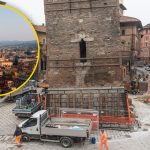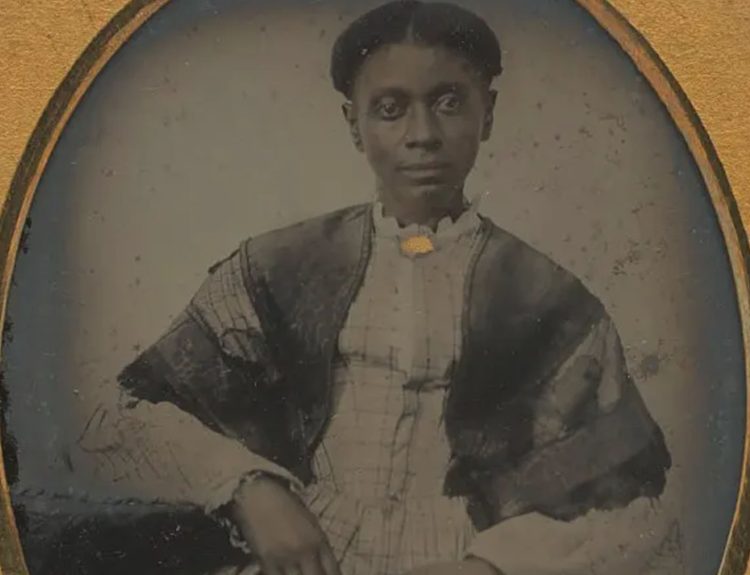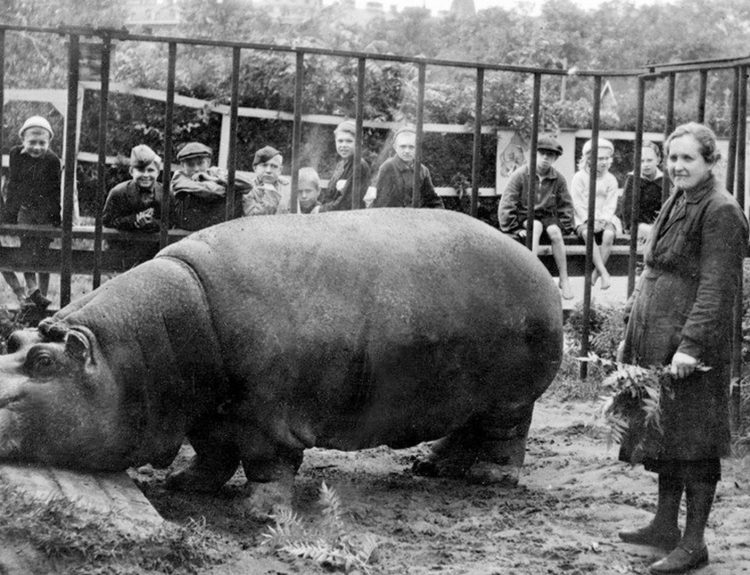Recently, a joint team made up of Egyptian and German archaeologists working in Egypt’s Dahshur area has unearthed a unique tomb that dates back some 4,300 years to the time of Egypt’s Old Kingdom.
What makes this tomb, or mastaba, so unique is that its walls were decorated with intricately painted scenes. The find illustrates the complex social and political hierarchy of the culture of ancient Egypt. Let’s take a closer look at this newly discovered Egyptian tomb.
Dahshur Is Known For Its Tombs and Pyramids
The newly discovered tomb was found in the Dahshur region, located south of Giza’s Saqqara. This area is home to the Red Pyramid, as well as the landmark known as the Bent Pyramid, which was believed to have been built by King Seneferu, who was the father of King Khufu.
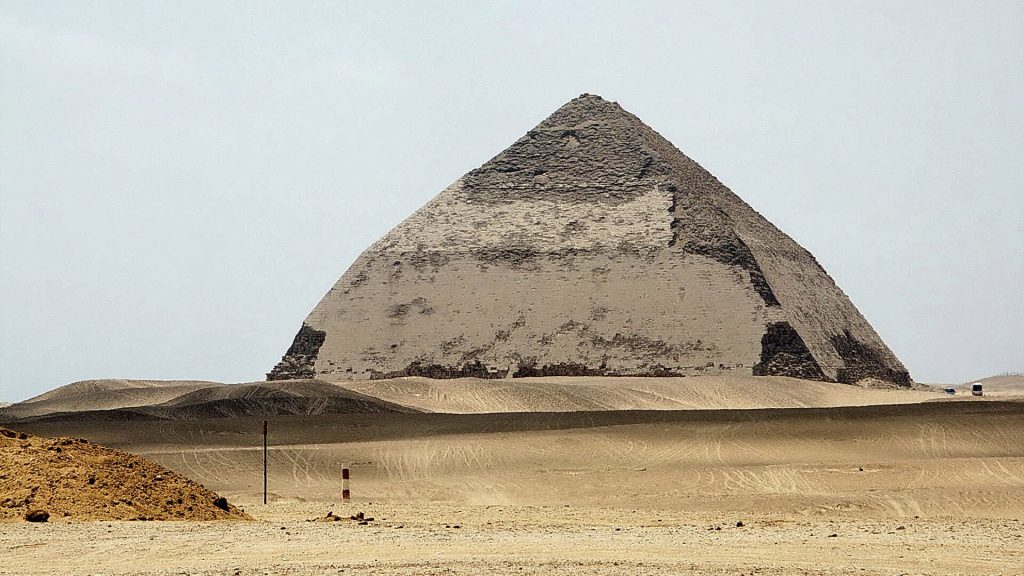
The necropolis at Dahshur has yielded a number of archaeologically significant discoveries in the past several decades. The region is also popular with tourists and is part of the Ancient Memphis UNESCO World Heritage Site.
A Mud-Brick Mastaba
A mastaba is a rectangular-shaped tomb from ancient Egypt that is characterized by its flat roof and sloping sides. Mastabas were common in both the Early Dynastic Period and the Old Kingdom, which extends from about 3100 to 2180 BC.
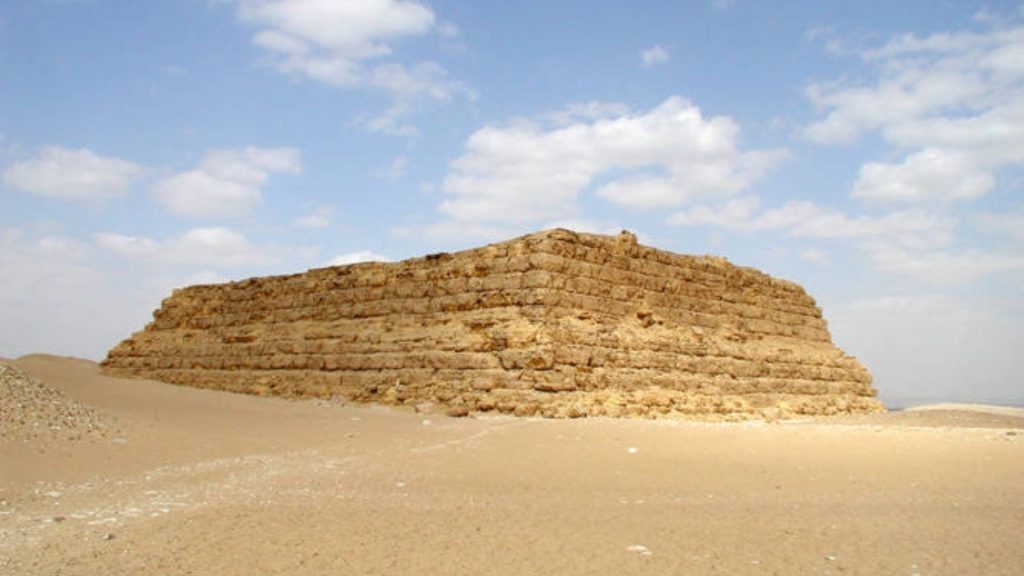
They were predominantly used as the burial chambers for the noble elite. Most were made from mud bricks, as was the newly discovered one.
The Archaeological Significance of Dahshur
Rich in archaeological discoveries, the Dahshur area has produced a number of important finds that have contributed greatly to the overall understanding of the culture of ancient Egypt.
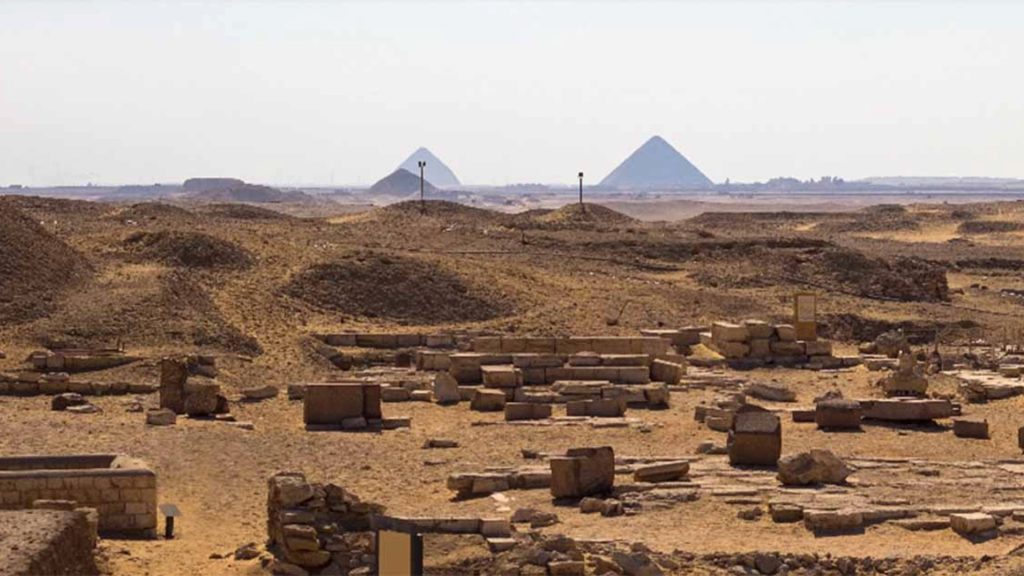
For example, the archaeological work done at Dahshur has been key in our understanding of the funerary practices and religious rituals of the ancient Egyptians.
Egypt Has More Secrets to Reveal
International archaeological excavations have been ongoing in Egypt for the last 200 years. Despite this, new discoveries are constantly being made, proving that Ancient Egypt still has many more secrets to reveal.
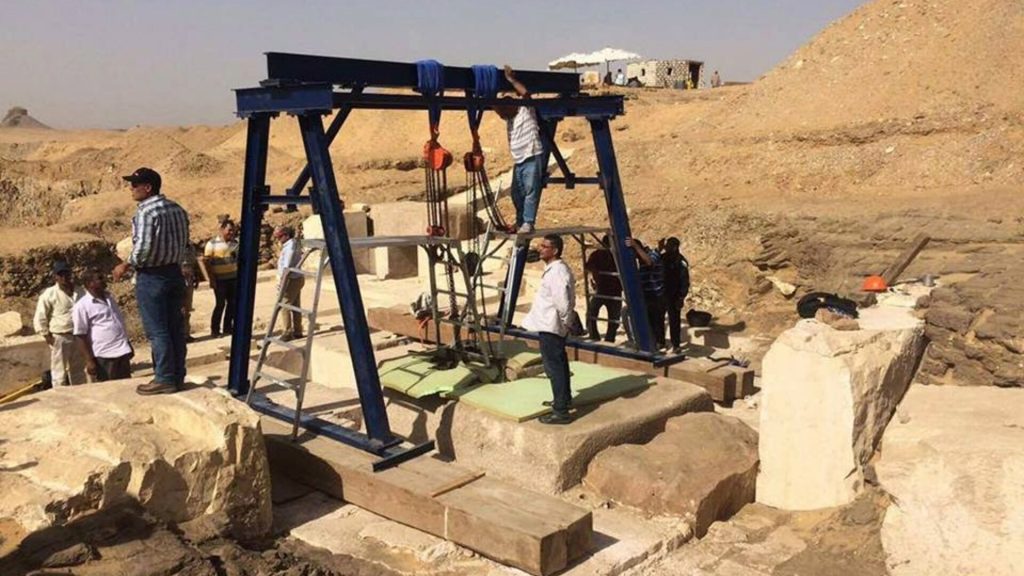
Since the mid-1970s the joint team of German and Egyptian archaeologists have been working at the necropolis at Dahshur. The excavations at Dahshur have focused on studying the burial tombs of high-ranking officials, priests, and prominent statesmen.
The Newly Found Tomb Is One-Of-A-Kind
The joint Egyptian-German archaeological team has located and studied several mastaba tombs in the region, but the most recent one is one-of-a-kind. It was found partially covered by sand in an area not far from the pyramids that the region is famous for.
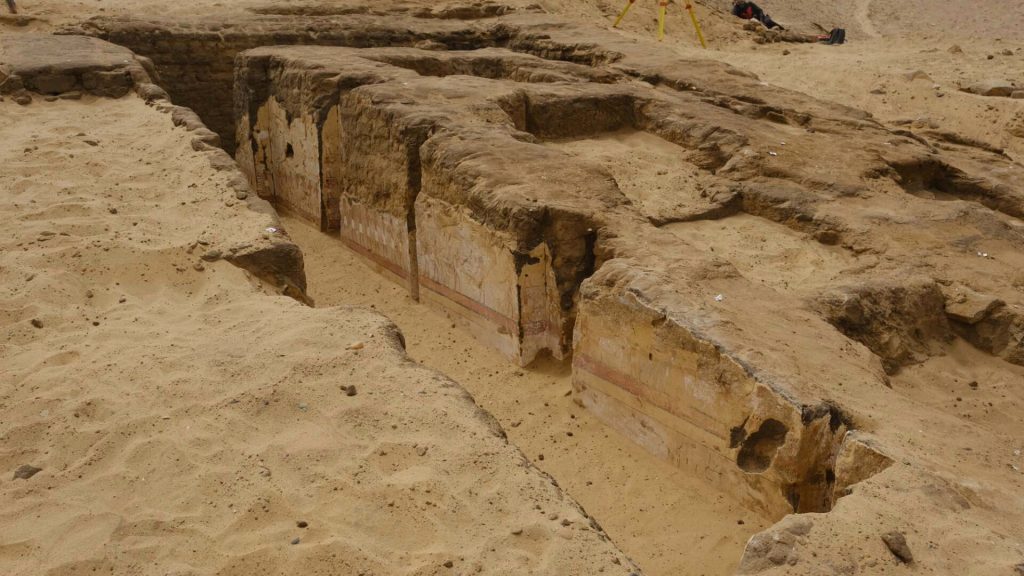
The mud brick mastaba is decorated with detailed paintings. The artworks depict scenes from everyday life in ancient Egypt, including a busy marketplace, individuals threshing grain, and boats navigating the waters of the Nile.
The Paintings Were Unexpected
According to Dr. Stefan Seidlmayer, who heads up the excavation team from the German Archaeological Institute, the intricate paintings were an unexpected discovery in the tomb.

Other mastabas in the area have minimal artwork and those focus on religious ceremonies, rather than common scenes.
What Other Secrets Will Be Found in Dahshur’s Tombs?
After years of excavation work at Dahshur, the researchers were thrilled to discover the detailed paintings in the recently unearthed mastaba. It offers another avenue of study for the researchers.
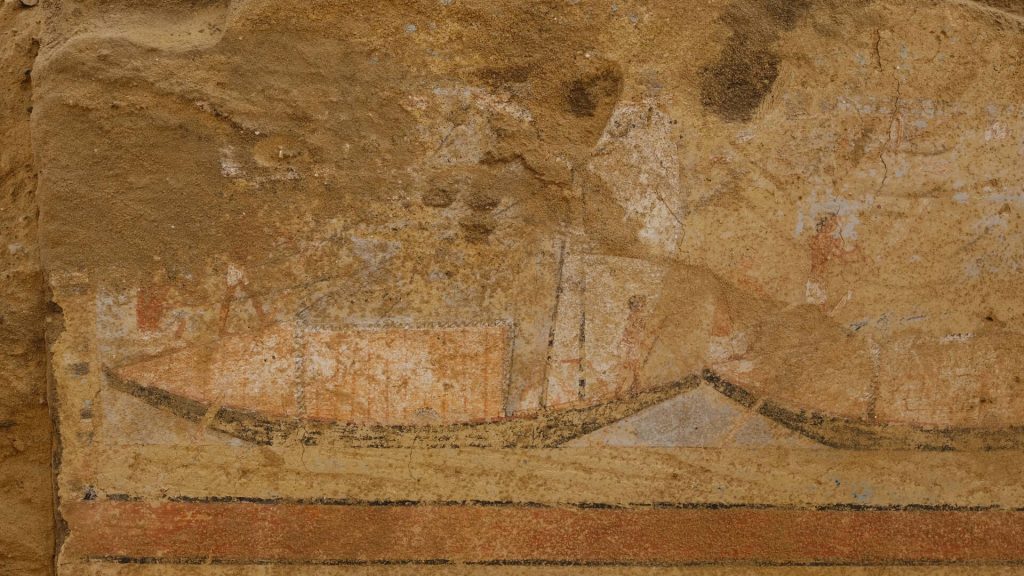
Dr. Seidlmayer added that the “tomb’s exquisite artwork distinguishes it from others in the Dahshur Necropolis.” He hopes that continued excavations in the region will reveal more surprises within the ancient tombs.
The Occupants of the Tomb
Inscriptions on the walls of the tomb tell us that the mastaba belonged to a man named Seneb-Nef-Af and his wife, Idet. The information in the inscriptions even provides researchers with an understanding of this power couple’s prominence and social standing.
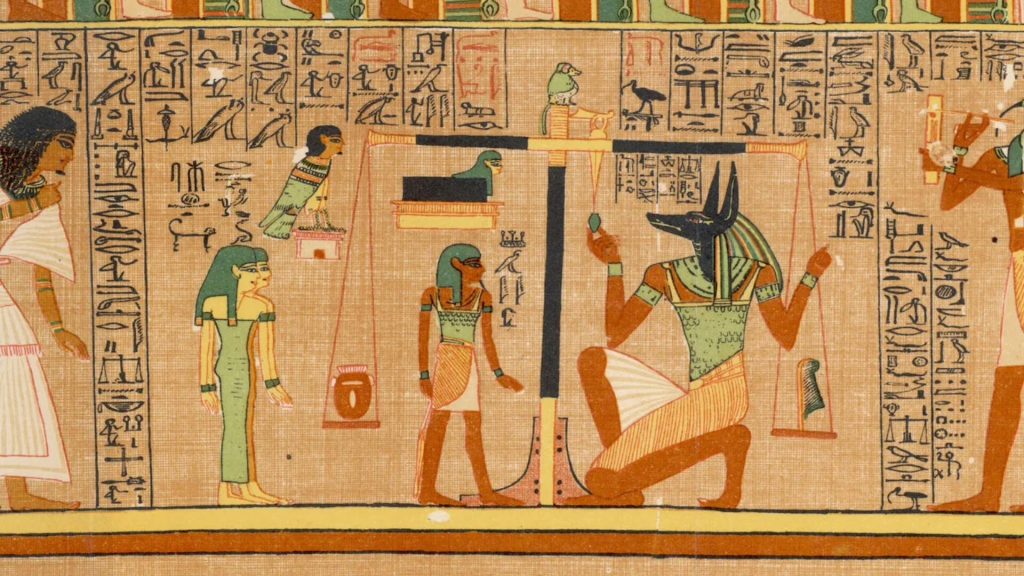
According to the inscription, Seneb-Nef-Af held several key administrative positions at the royal palace. One of those positions was as the administrator of tenants.
What Was an “Administrator of Tenants”?
Although researchers do not know what the duties of an “Administrator of Tenants” were, they have an educated guess. Dr. Seidlmayer noted that there was a town located in the area that was under the governorship of the palace.
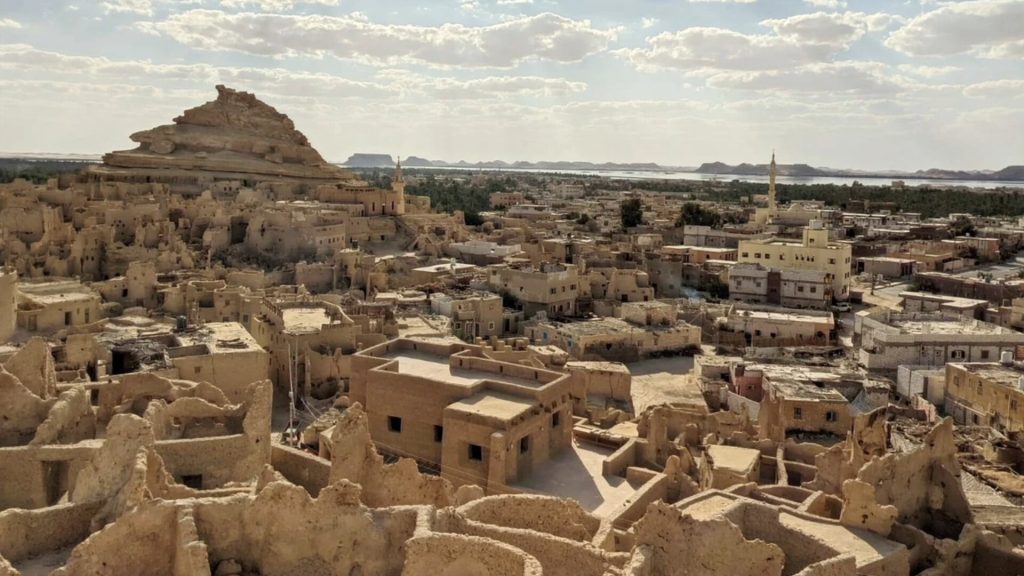
“He (Seneb-Nef-Af) may have decided who got to live there and been in charge of administering funds for the community,” Seidlmayer speculated.
Seneb-Nef-Af’s Wife
On the inscription found in the mastaba, Seneb-Nef-Af’s wife, Idet, was referred to as the “Priestess of Hathor” and the “Lady of the Sycamore.” This indicated that she likely had power and status on her own, independent from her husband.
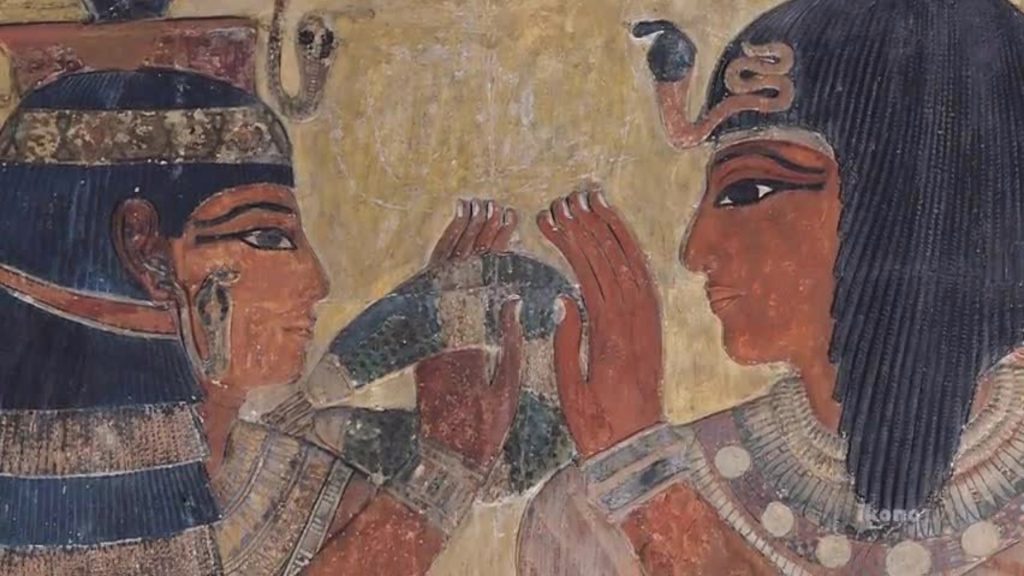
Egyptian priestesses presided over religious ceremonies, served as oracles, worked as healers, and tended to the needs of worshipers visiting temples. We don’t know exactly what Idet did as the “Priestess of Hathor,” but we do know that some women wielded significant power and influence as priestesses in Ancient Egypt.
A 4,000-Year-Old Mastaba
The tomb of Seneb-Nef-Af and his wife has been dated to Egypt’s Old Kingdom, making it more than 4,000 years old. The Old Kingdom, which lasted from about 2700 BC to 2200 BC, is often referred to as the “Age of the Pyramids” because this was when Egyptian pharaohs engaged in massive construction projects.
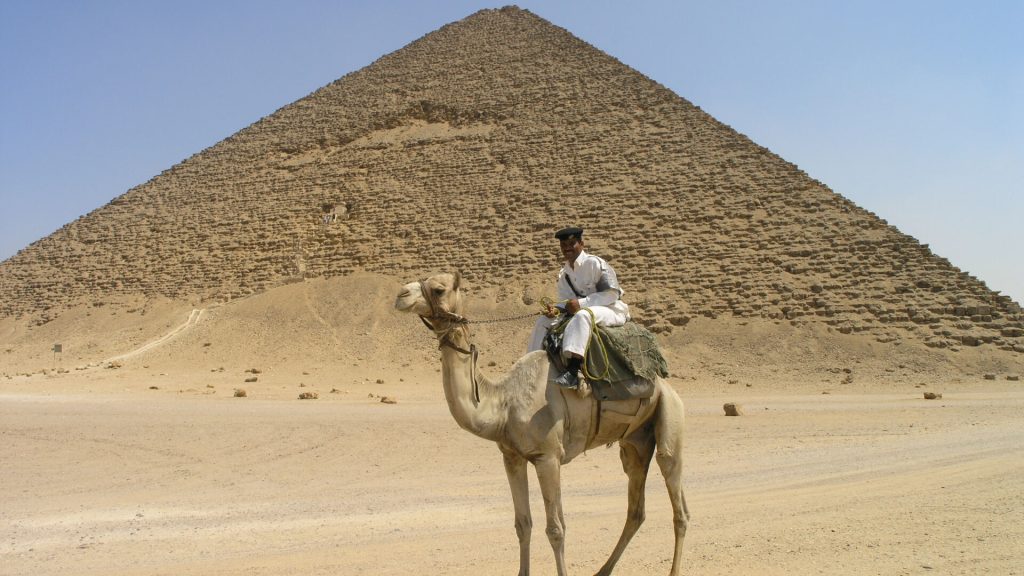
This was the era in which enormous pyramids were built as royal burial tombs. The pyramids served as a symbol of a pharaoh’s power, prestige, and wealth in the earthly world and as a vessel to carry them into the afterlife where they would continue to live in luxury and comfort.
The Mastabas Were Also Status Symbols
Although not as grand, the mastabas also served as status symbols. As Hisham El-Leithy, the acting Secretary-General of Egypt’s Supreme Council of Antiquities, explained, “The discovery sheds light on the social and political structure of ancient Egyptian society.”
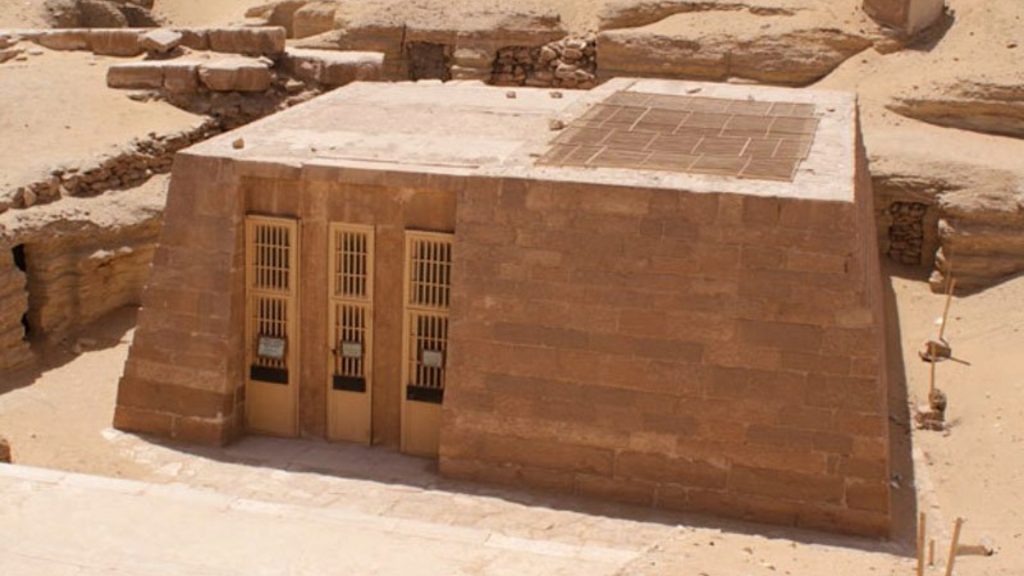
The high-ranking power couple buried in the recently discovered tomb ensured that people would be aware of this status by adorning their mastaba with elaborate artwork. This was their way of setting themselves apart from other prominent individuals.
The Excavation of this Mastaba Is Not Yet Complete
Archaeologists are still excavating the newly discovered mastaba in Dahshur and the work is far from complete. Seidlmayer explained, “The burial shafts of this tomb could not yet be excavated, therefore there are not yet any unearthed human remains.

He added, “We hope to excavate the shafts in the coming season – and then, of course, the human remains will be of key interest.”



